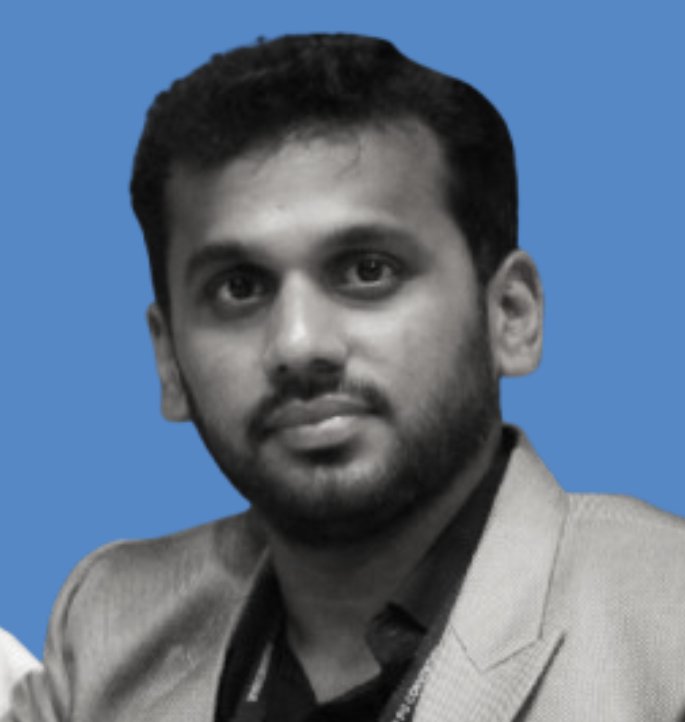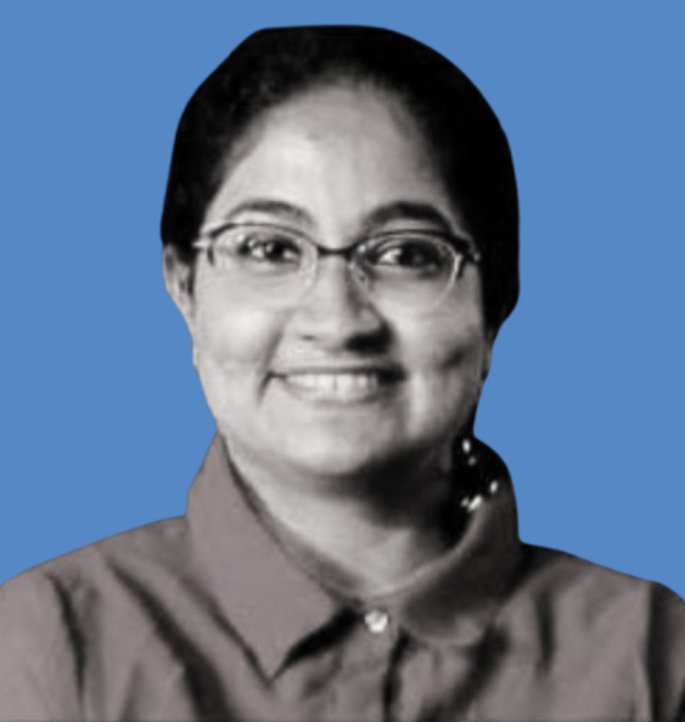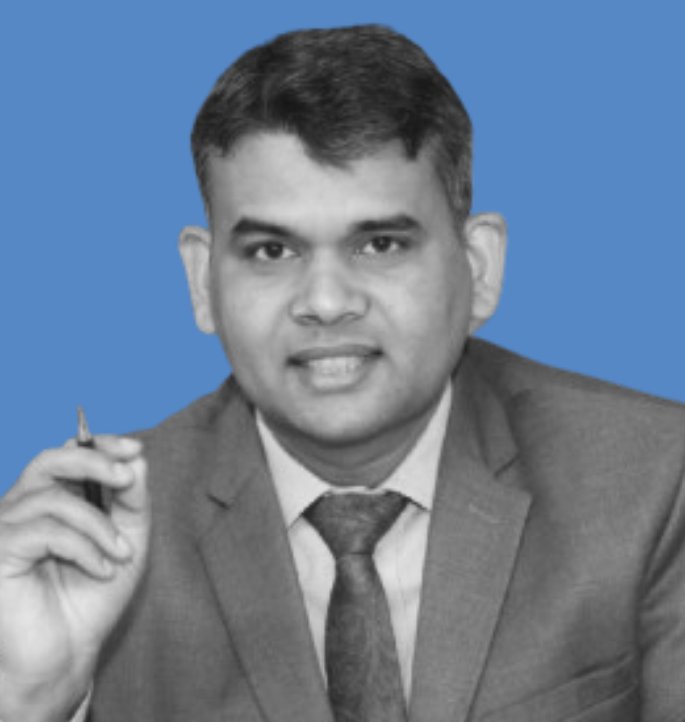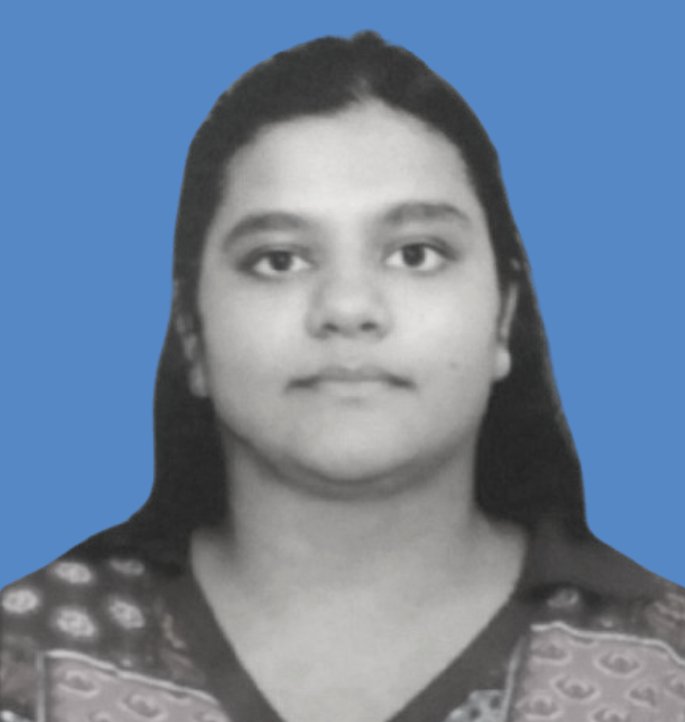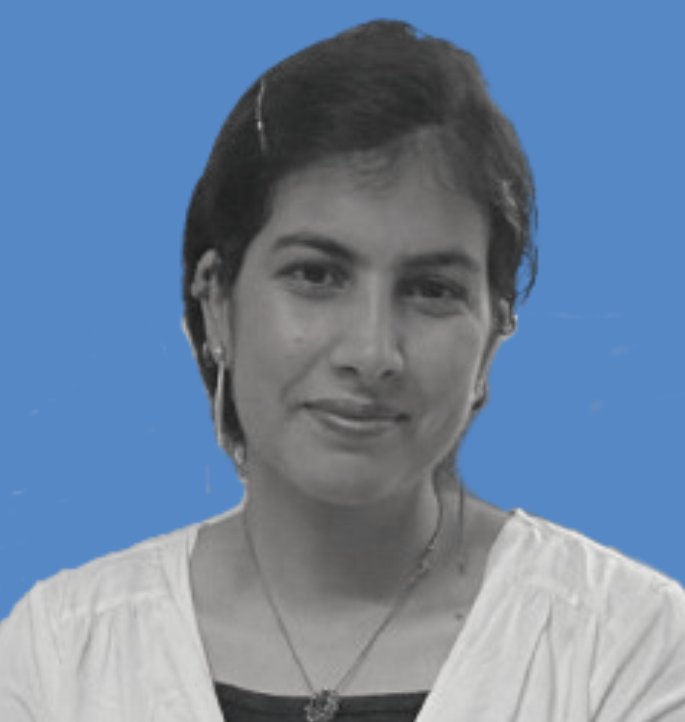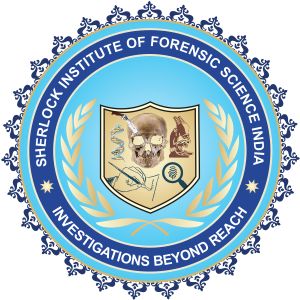MODULE 1 - FORENSIC ODONTOLOGY
This module explores the field of forensic odontology, its historical evolution, the qualifications essential for forensic dentists, the career scope of working as a forensic odontologist, the role played by forensic odontologists at the intersection of medicine and law, and the significance of forensic odontology in legal investigations and medical contexts.
MODULE 2 - HUMAN TOOTH DEVELOPMENT
In this module, you will learn about the endodontic anatomy of teeth, covering the morphological and anatomical features of both crown and root portions; the teeth development process, including early and later tooth development, along with tooth root formation; the types of teeth and their functions; and the teeth eruption sequence, covering primary and permanent dentition teeth, along with the influence of external and internal forces on eruption sequences.
The module also covers notation systems used in dentistry, including the Universal Numbering System, Zsigmondy Numbering System, and FDI Numbering System; shedding of teeth, both primary and permanent; pattern and mechanism of shedding; and clinical considerations, including remnants of deciduous teeth, primary tooth retainment, and submerged deciduous teeth, with insights into dental anomalies and their forensic significance.
MODULE 3 - DECIDUOUS AND PERMANENT TEETH
This module covers an in-depth examination of deciduous and permanent teeth, including a description of individual deciduous and permanent teeth and the chronology of their development. The concept of mixed dentition is covered, as are the distinctions between deciduous and permanent teeth and the forensic significance of the examination of both deciduous and permanent teeth.
MODULE 4 - OCCLUSION
This module highlights the topic of occlusion development, starting from the predentate period to deciduous dentition, including an overview of primary occlusion, eruption chronology, and characteristic features of occlusion in deciduous dentition, the mixed dentition stage (6–12 years of age), and the concept of permanent dentition. The module then focuses on factors influencing occlusion (genetic, environmental, muscular pressure, and age-related changes), relations between cusp, fossa, and marginal ridge, along with lateral, protrusive, and retrusive movements, and the biomechanics of chewing function.
The concept of malocclusion is taught along with its classification system, including angle, skeletal, and Simon’s classifications. The module concludes by focusing on the clinical significance of normal occlusion, encompassing skeletal inconsistencies and parafunctional habits.
MODULE 5 - DENTAL ANOMALIES
This module deals with dental anomalies as per their teeth size (microdontia and macrodontia), teeth number (anodontia, hypodontia, oligodontia, and hyperdontia or supernumerary teeth), and teeth shape (globodontia, taurodontia, dilacerations, concrescence, fusion, gemination, dens invaginatus, dens evaginations, talon's cusp, other accessory cusp and tubercles, supernumerary root, enamel pearls, enamel extensions, attrition, abrasion, and erosion).
The module also covers structural anomalies, including amelogenesis imperfecta, enamel hypoplasia, dentinogenesis imperfecta, dentin dysplasia, and regional odontodysplasia. The anomalies related to jaws (agnathia, micrognathia, macrognathia, and facial hemihypertrophy), anomalies based on tooth color, and developmental anomalies of the gingiva (fibromatosis gingivae and retrocuspid papilla) are also discussed.
Finally, the module concludes with developmental anomalies of the tongue, including aglossia, microglossia, macroglossia, ankyloglossia, and cleft tongue, along with the significant role these dental anomalies play during forensic investigation.
MODULE 6 - HUMAN TOOTH IDENTIFICATION
In this module, you will learn about the history, purpose, and principles of human tooth identification and the forensic significance of dental identification, including comparative and reconstructive aspects. Comparative dental identification involves postmortem and antemortem dental examinations and their comparison, whereas reconstructive dental identification involves factors like sex, age, and race.
The use of DNA profiling as a valuable tool in identification processes is highlighted, along with factors contributing to dental identification in forensic contexts like palatal rugae, medical conditions, treatments, habits, and occupational hazards.
MODULE 7 - AGE ESTIMATION
This module focuses on the history and principles of age estimation using dentition, including various factors such as tooth development, incremental structures in the tooth crown, variations in the pulpodentinal complex, chemical composition alterations, fluorescence of dental hard tissues, epidemiological measures, attrition, and tooth mineralization.
The need for age estimation, chronological age estimation, and dentition as age indicators covers the dental development process and dental age assessment. The process of dental age estimation is discussed for prenatal, neonatal, early postnatal periods, children, adolescents, and adults.
Morphological methods for assessing age in adults, age-related and progressive changes in teeth, histological changes, biochemical changes (amino acid racemization), and radiological methods for age estimation are explored, along with the steps, guidelines, and standards for the age estimation process.
MODULE 8 - FORENSIC ODONTOLOGY IN MASS DISASTERS AND ITS MANAGEMENT
This module focuses on the role of forensic odontology in cases of mass disasters and the types of mass disasters, categorizing them into natural disasters, man-made disasters, closed types, open types, mixed, ongoing, and finite.
You will also learn about disaster scene management, focusing on the scene of the crime, the event perimeter, GPS technology for searching, security and safety measures, interagency relationships, and the identification section. Special attention is given to the odontology section, which involves dental teams (first, second or postmortem unit, third or antemortem unit, and fourth), each designated for different purposes in disaster victim identification (DVI) planning.
The process of disaster victim identification (DVI), including planning, retrieval of dental records, recovery and collection of remnants, documentation, postmortem analysis, examination of the oral cavity, dissection techniques, antemortem dental records, dental reconciliation, comparison of antemortem and postmortem records, the use of technology in mass fatality incidents, including computer-assisted software and digital data, and digital and conventional images, along with problems that arise during the comparison of records.
MODULE 9 - BITE MARKS
In this module, you gain insights about human bite marks, their history, nature (including cutaneous and prototypical bite marks), the characteristics of bite marks (class and individual characteristics), injuries that simulate bite marks, and the mechanism of bite marks (components and responses to injuries caused).
The module also covers bite marks classification systems on the basis of causation, intensity (definite, amorous, modified aggressive, aggressive, and very aggressive), time of death (antemortem, perimortem, and postmortem), practical application (class I, class II, class III, and class IV), bite mark injury (hemorrhage, abrasion, bruise, laceration, avulsion, and artifacts), presence on food stuffs (types I, II, and III), and response of the sufferer (offensive and defensive).
The discussion further extends to the impression and study casts and factors influencing bite mark injuries, including status of the recipient, force with which bite has been made, psychological status of the recipient of the bite mark, gender of the biter or recipient, anatomical site variability, victim's age, kind of skin (hard or loose), presence or absence of tooth or teeth, size of the tooth or teeth, time of injury produced, presence of any layer of clothing on the skin, nature of substrates, and forensic significance (physical, biological, and psychological evidence).
MODULE 10 - BITE MARK ANALYSIS
In this module, you will learn about bite mark investigation, its historical overview, the steps involved in bite mark analysis, including recognition of bite marks (based on the shape of teeth, type of wound, and sites of teeth), and the documentation and collection of evidence from both victims and suspects. Preservation methods for bite marks on living victims, deceased bodies, distorted skin or tissues, and edible items, along with bite mark casting techniques, including dental stone, permlastic polyvinylsiloxane (PVS), and silicon-based materials, are also discussed.
The module then focuses on bitemark analysis, involving injury description, principles and guidelines of bite mark analysis, analysis techniques (biological and physical), bite mark comparison, and the significance and limitations of the bite mark evidence in forensic investigations.
MODULE 11 - ROLE OF DENTISTRY IN DETECTING AND PREVENTING CHILD ABUSE
This module covers the domain of child abuse within the dental context, its historical perspective, and types of child abuse, including physical, sexual, emotional, and dental neglect. The module also outlines the clinical symptoms of child abuse, the role of dentists in appropriate intervention, documentation, and reporting of suspicious cases, and knowledge about Prevent Abuse and Neglect Through Dental Awareness (P.A.N.D.A.), highlighting the role of the dental community in spreading awareness and preventing child abuse through proactive measures.
MODULE 12 - LEGAL ISSUES CONCERNING BITE MARK EVIDENCE
In this module, you will learn about the legal aspects of evidence collection in forensic odontology and its use in court, the Fourth Amendment's implications on arrest, search, and seizure, along with the exclusionary rule and search warrant details.
The module covers the admissibility of expert evidence based on relevancy and reliability, the National Academy of Science's 2009 review of bite mark evidence, types of dental testimony by dentists, qualifications needed for expert testimony on bite mark evidence, the court’s stance on admitting bite mark opinions, the scientific limitations of bite mark testimony, and instances where wrongful bite mark testimonies were overturned by DNA evidence.




